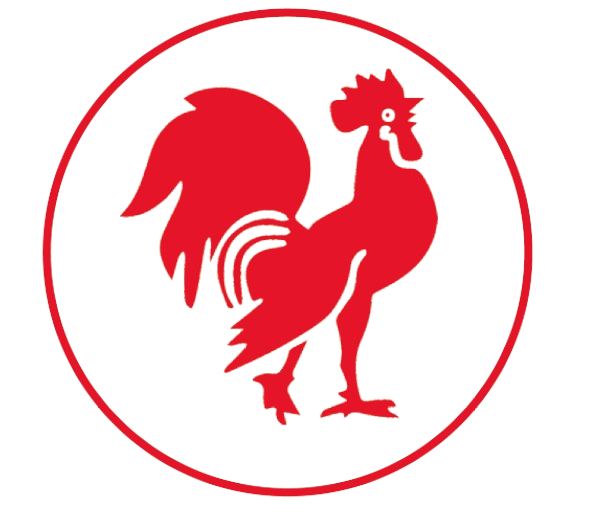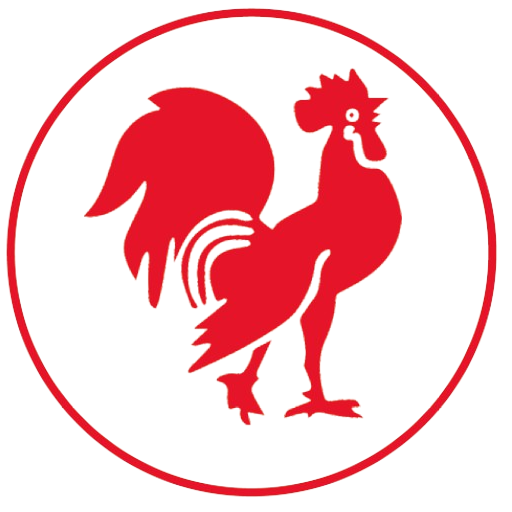Brief History
The Kenya African National Union (KANU) party played a significant role in the political history of Kenya since its formation in 1960. Here is a brief overview of its history from 1960 to 2022:
KANU was formed under the leadership of Jomo Kenyatta, who became the party’s first president.
Kenya gained independence from Britain, and KANU became the ruling party with Kenyatta as the country’s first president.
Kenyatta died, and Vice President Daniel arap Moi became the president and the new leader of KANU.
Moi amended the constitution to make Kenya a one-party state, with KANU as the only legal political party.
A wave of political protests and demands for democracy forced Moi to lift the ban on multiparty politics. KANU remained the ruling party, but opposition parties were allowed to form.
KANU lost power for the first time in Kenya’s history when Mwai Kibaki of the National Rainbow Coalition (NARC) won the presidential election.
Moi stepped down as the KANU party leader, and Uhuru Kenyatta, the son of Jomo Kenyatta, was elected as the new party leader.
Kenya experienced post-election violence that left over 1,000 people dead and displaced hundreds of thousands. KANU supported the incumbent president, Mwai Kibaki, during the election.
Uhuru Kenyatta ditched KANU and formed TNA on whose ticket he vied for presidency and won the election. Gideon Moi took over as the National Chairman of KANU and Nick Salat as Secretary-General.
Kenyatta was re-elected as president, and KANU entered into a post-coalition agreement with the ruling Jubilee Party.
Overall, KANU played a dominant role in Kenyan politics for over three decades, but its influence has declined in recent years with the emergence of new political parties and leaders





